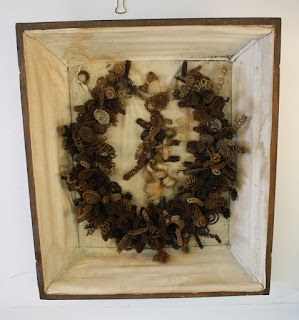During the Napoleonic Wars (1799 – 1815) the British Government created regiments known as ‘fencibles’ for home service. These fencibles began in 1803 and were created as temporary units used to protect British interests throughout North America. These fencibles were only meant to serve in uniform within Canada and not be deployed over seas. Each regiment was assigned their own unique uniform in order to distinguish themselves from the British Army’s red uniform.0
 The Glengarry Light Infantry was raised in 1812 by Alexander MacDonell of St Raphael’s. This group was made up of men throughout glengarry county, who would serve in Upper Canada and Glengarry. Their uniforms were distinguished by dark green coats and pantaloons, accompanied by a black cap with a green plume and 3 lines of silver buttons displayed on the coat. The Glengarry Fencibles participated in battles at Ogdensburg, Sackets Harbour, York, Lundy’s Lane and Cook’s Mills. The regiment was later disbanded in 1816.
The Glengarry Light Infantry was raised in 1812 by Alexander MacDonell of St Raphael’s. This group was made up of men throughout glengarry county, who would serve in Upper Canada and Glengarry. Their uniforms were distinguished by dark green coats and pantaloons, accompanied by a black cap with a green plume and 3 lines of silver buttons displayed on the coat. The Glengarry Fencibles participated in battles at Ogdensburg, Sackets Harbour, York, Lundy’s Lane and Cook’s Mills. The regiment was later disbanded in 1816. The museum has in its collection a badge from the Glengarry Light Infantry. This badge made of brass and reads “Glengarry British Fencibles” on the front. It belonged to Captain James MacMillan from the 9thof Lancaster. Captain MacMillan served in the 1st Glengarry Fencible Regiment and served in both Europe and Upper Canada with the British Army. It was donated to the museum by Rev. Somerland MacMillan of Scotland.
If the military history of Glengarry and the fencibles that accompany it spark your interest, be sure to attend the museum’s 1812 Living History Re-Enactment! On September 29th and 30th join us for displays of military and civilian camps, daily battle re-enactments, and many great artisans and tradespeople. Its sure to be a weekend of 1812 excitement!


















